Do you have a question about the Hitachi WJ C1 Series and is the answer not in the manual?
Provides precautions for proper use and general warnings regarding the inverter's operation and documentation.
Details product warranty terms, inquiry procedures, and limitations of liability.
Explains the severity levels of safety precautions and the meaning of various warning symbols used.
Details general cautions and specific precautions for installation, wiring, operation, maintenance, and disposal.
Details precautions for installation, including transportation, ambient temperature, humidity, ambient air, and mounting methods.
Describes the configuration of the main circuit terminal block, including terminal symbols, names, and descriptions.
Details the configuration of control circuit terminals, including wiring examples and electrical specifications.
Outlines essential parameters for motor and inverter operation, including load rating, motor specifications, and electronic thermal settings.
Describes procedures for performing test runs with the motor only and with a machine load to confirm proper operation.
Details the procedure for auto-tuning to measure motor constants, especially for unknown motors or when performance needs optimization.
Describes various types of RUN commands and how to reset alarms.
Explains different methods for selecting frequency commands, including keypad, analog inputs, communication, and pulse inputs.
Details how to change acceleration and deceleration times, patterns, and use two-stage settings.
Discusses available motor control modes like V/f control, sensorless vector control, and their applications.
Details functions for preventing trips like overload restriction, overcurrent suppression, overvoltage suppression, and handling power failures.
Details the simple position control function, including homing, multistage positioning, and brake control.
Guides on monitoring trip counts, trip history, and warning information.
Explains the STO function, its wiring, operation, and state monitor output.
Lists error codes, their descriptions, possible causes, and countermeasures for protection function related errors.
Provides precautions for proper use and general warnings regarding the inverter's operation and documentation.
Details product warranty terms, inquiry procedures, and limitations of liability.
Explains the severity levels of safety precautions and the meaning of various warning symbols used.
Details general cautions and specific precautions for installation, wiring, operation, maintenance, and disposal.
Details precautions for installation, including transportation, ambient temperature, humidity, ambient air, and mounting methods.
Describes the configuration of the main circuit terminal block, including terminal symbols, names, and descriptions.
Details the configuration of control circuit terminals, including wiring examples and electrical specifications.
Outlines essential parameters for motor and inverter operation, including load rating, motor specifications, and electronic thermal settings.
Describes procedures for performing test runs with the motor only and with a machine load to confirm proper operation.
Details the procedure for auto-tuning to measure motor constants, especially for unknown motors or when performance needs optimization.
Describes various types of RUN commands and how to reset alarms.
Explains different methods for selecting frequency commands, including keypad, analog inputs, communication, and pulse inputs.
Details how to change acceleration and deceleration times, patterns, and use two-stage settings.
Discusses available motor control modes like V/f control, sensorless vector control, and their applications.
Details functions for preventing trips like overload restriction, overcurrent suppression, overvoltage suppression, and handling power failures.
Details the simple position control function, including homing, multistage positioning, and brake control.
Guides on monitoring trip counts, trip history, and warning information.
Explains the STO function, its wiring, operation, and state monitor output.
Lists error codes, their descriptions, possible causes, and countermeasures for protection function related errors.
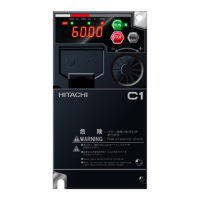
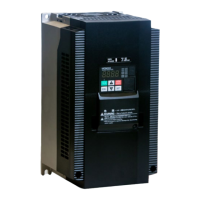

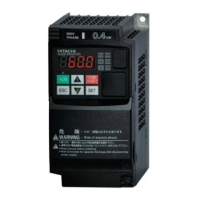
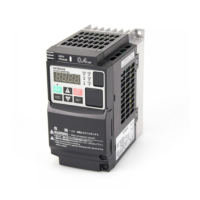
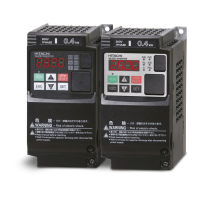

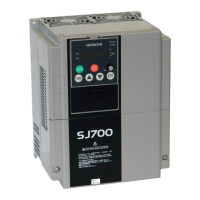
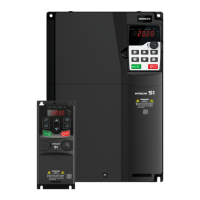
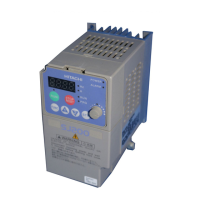

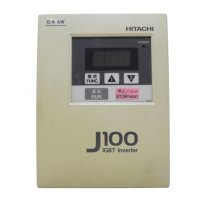
